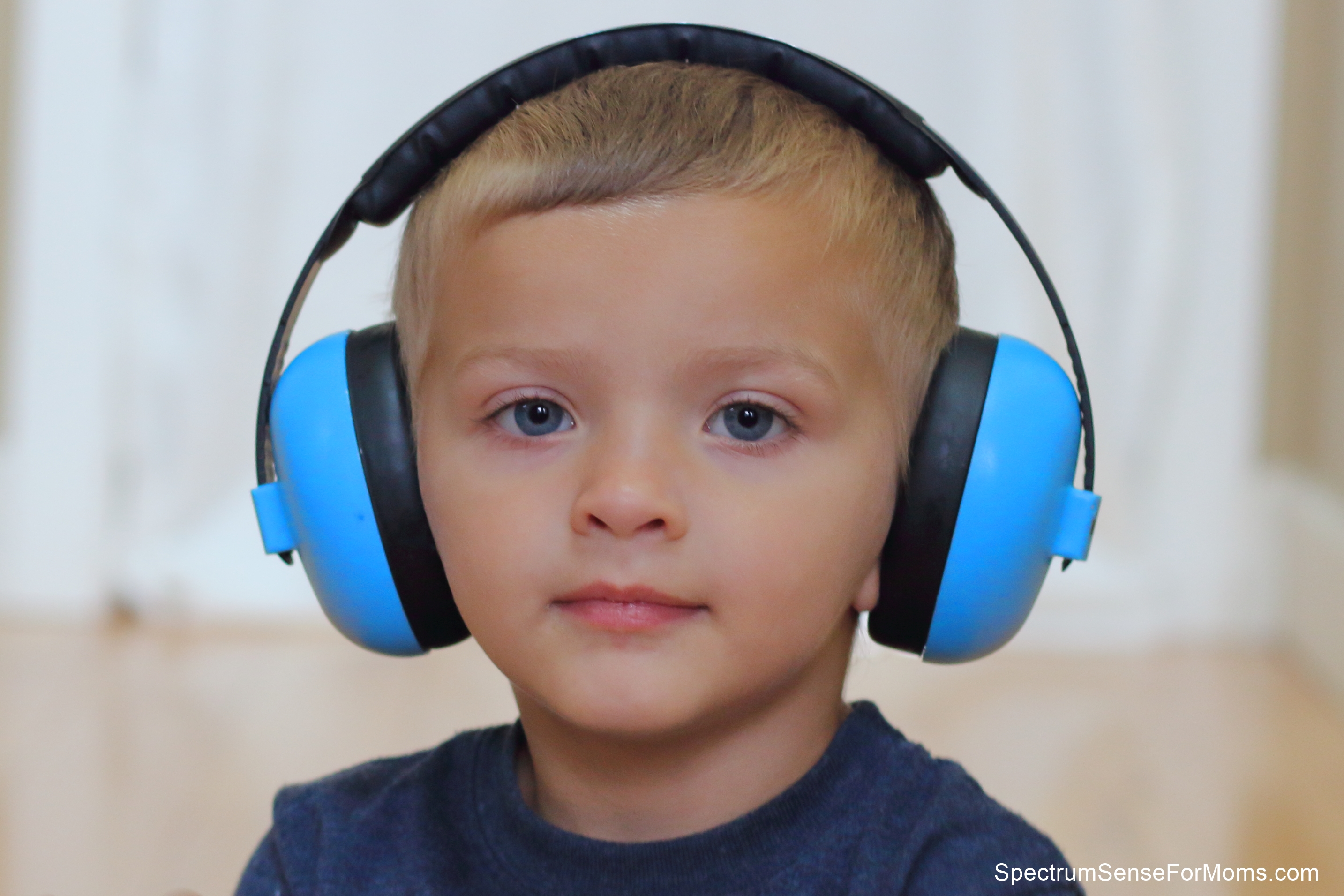ABA – 20 Activities to Do in Therapy
AUTISM, PARENTING, UNCATEGORIZED
What is ABA?
ABA therapy is Applied Behavioral Analysis.
It is usually a type of therapy that helps Autistic children and adults in some cases learn appropriate behaviors and life skills.
The autism speaks website gives this definition:
Behavior analysis is a scientifically validated approach to understanding behavior and how it is affected by the environment.
Behavior analysis focuses on the principles that explain how learning takes place. Positive reinforcement is one such principle. When a behavior is followed by some sort of reward, the behavior is more likely to be repeated. Through decades of research, the field of behavior analysis has developed many techniques for increasing useful behaviors and reducing those that may cause harm or interfere with learning.
Applied behavior analysis (ABA) is the use of these techniques and principles to bring about meaningful and positive change in behavior.
Is it worth it?
For us, it has been an amazing blessing. C was diagnosed at 6 years old and he is 9 now. You can read our full story here.
He has been doing ABA therapy for these 3 years. He has learned so much and I am so happy about the life skills that he has learned.
From personal experience, ABA is not something you can force on a child. That would be wrong. You need to find a vendor and a therapist or tutor that works well with your child and lets your child lead. And by lead I mean find what your child’s passions are and reward them with what drives them. Learn what they are struggling with and work on that. They will want to work hard knowing they will be rewarded with something they love.
How to start ABA
You can learn more about ABA from your child’s pediatrician or a local vendor. You can search my resource page for resource centers in your state and they can help you find a vendor.
Activities to work on in ABA
If you already have ABA sometimes it can be hard to come up with what your child should be learning, practicing. Maybe you don’t even know you can ask for specific things?
I came up with 20 activities that you can ask your therapist to work on with your child.
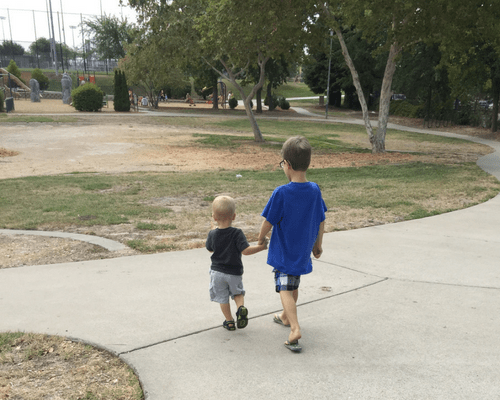
Social Skills
1. Social Groups – ask your ABA vendor if they have social groups. Social groups are when kids of the same social skill levels come together and have therapy where they learn appropriate social skills with peers.
2. Play dates – this can be an extension of a social group. You can have a “play date” with your child’s therapist and another child and their therapist. They can practice social skills and play skills. This can take place in a home. playground or another setting.

3. Community Helpers – your child learns the different community helpers (police, doctors, mechanics, etc). Which are ok to talk to when in trouble. Answer who, what, where questions about each.
4. Turn Taking – this skill can be learned in different ways. Playing games, playing with other kids/siblings.
5. Waiting/ patience – this one can be practiced while playing a game or using a stopwatch.
6. Conversation/ question skills – practicing appropriate question and answer during conversations.
7. Facial expressions – looking at peoples faces and recognizing their emotions.
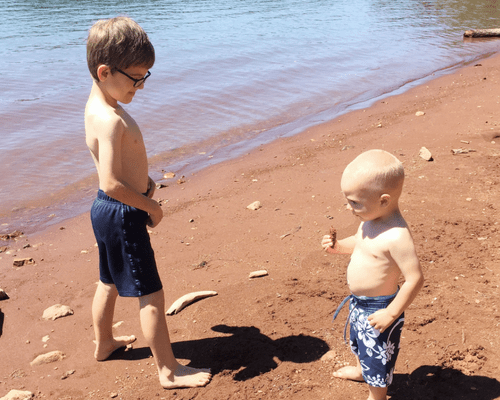
Self Care Skills
8. Eating – if your child has issues with food ABA can work on it.
9. Appropriate clothing/ attire – what type of clothing is appropriate to wear during different weather conditions.
10. Hygiene – learning to take care of yourself.
11. Cooking – how to cook or prep simple things in the kitchen, age appropriate.

12. Cleaning – how to clean up properly and in appropriate settings.
13. Chores – this can be a system that is set up in ABA session and practiced at home the rest of the time.
14. Address and phone – your child needs to learn where they live and the phone number to use in case of emergency.
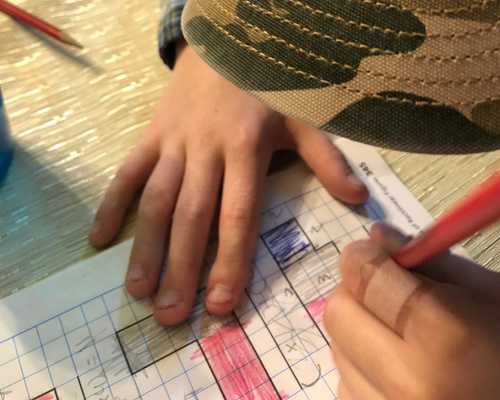
School Skills
15. Homework – you can ask your therapist to work on homework. This can be a practice for patience, voice level, etc.
16. Reading – if your child struggles in reading you can ask for your child to practice reading during ABA.
17. Reading comprehension – reading a book/story and practicing summarizing and asking and answering questions about what was just read. Great practice for conversation and memory.

Behavioral Skills
18. Appropriate behavior – during different situations in different places in the community.
19. Appropriate responses to different settings – what to do when… (x,y,z, happens).
20. Appropriate volume – appropriate voice levels to use in different settings.
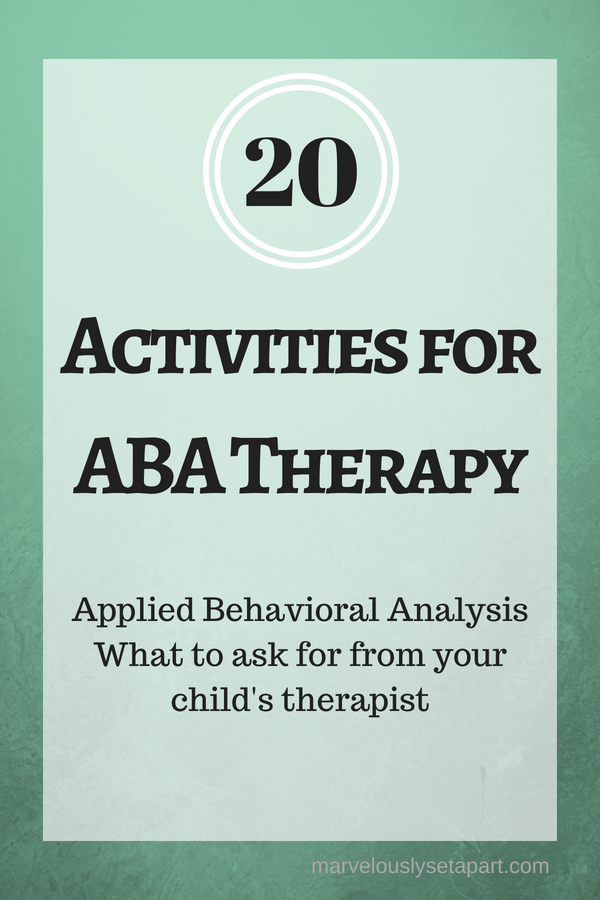
ABA, Applied Behavioral Analysis can be an amazing tool for your child to expand and learn what they are capable of. There are so many things, activities, lessons, and skills that can be practiced and worked on.
I hope my list of 20 gives you a little bit of an idea of what kind of skills ABA can help with.
You got this mama!
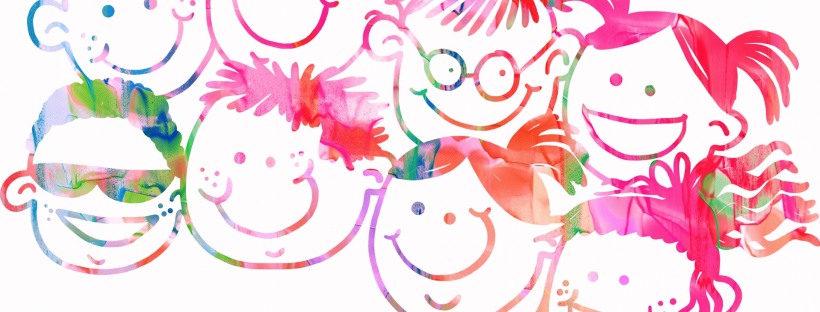
TEACHING CHILDREN TO CONTROL THEIR OWN BEHAVIOR
Teaching children to control their own behavior starts from the beginning. Hopefully this means at a young age, but it could also mean at the start of your relationship with them.
I was recently reminded of a professional we once had in our house that liked to play a game with my son in an area next a desk. I am pretty laid back, so the situation itself did not bother me. It was rather an outcome of the situation that kept tripping me up. My son, barely older than a toddler at the time, would run into the desk and get very upset. For some reason, the other adult thought it was OK to teach my son to blame the desk for what happened. I do not suggest this as something to start teaching kids at a young age. As I told my son, if you run into something that is on you. Plan better next time. Owning their own bodies and behaviors is very important. It is easier to teach this at a young age but can be taught at any age.
This is were ‘teaching-time outs,’ clear boundaries, and consistency really pull through. Partnering with children so that they learn the skills of critical thinking toward safety and life-skills help them when they are out in the real world.

Here are some ideas to get started on teaching children to control their own behavior:
Rules – Are there clear rules in place? Try to have the child or children help you come up with some to help their brains become critical thinkers of what good behavior should look like.
Simplify – If their is something in the environment that will not allow the child to be successful, and it can be gotten rid of, do it. Make this as easy (not as painless) as possible on both of you.
Address Needs – This kind of goes with simplify but happens too often. A kid is slow because his fine motor is delayed. A kid isn’t reciting the song with everyone else because he can’t memorize the words. Remember no one wants to be humiliated. Kindness toward all counts.
Keep It Positive – No I’m not saying brush over the knitty-gritty. Keeping things facts oriented though and not opinion oriented, helps the child see the cut and dry of it. So acknowledge when they get things right, and help steer them back on the path when they are starting to veer in their behavior.
Follow-through – Accountability is key in so many aspects of life and behavior is no exception. Find a way that works for you to stay consistent about staying consistent.
There is of course more to it, but if you start with this you’ll be well on your way.
ARTICLES RELATED TO ‘TEACHING CHILDREN TO CONTROL THEIR OWN BEHAVIOR’
Behavior and Cognitive Interventions: Finding the Best Solution
Adaptive Behavior and Behavior Scales: Truly Defining a Child
Disciplining a Child: Teaching Positive Behaviors

MOTIVATING MY KID: WHERE TO START
You might be stuck wondering how do I start motivating my kid, so far they seem content just barely getting by which leaves the parent picking up all the pieces. Obviously this does not work in the long haul, as the goal is to get them to self-sufficient adulthood.
HERE ARE SOME IDEAS TO START MOTIVATING YOUR KID:
Start with one thing and make them accountable. Probably something that you think they could be efficient at like feeding the dog, sorting laundry, or simple self-care items.You have to start somewhere and then when that just becomes daily living add another item.
Remember we all have to start somewhere. Patience is key. No they aren’t the best at ‘x,y,z’ but at one point probably neither were you. Let them practice and master the skill.
Let your kid have some of the control in decisions. Yes you can pick the decision, but making decisions is part of adulthood. Sometimes it feels like the main part. Learning how to make good decisions early is an invaluable skill.
Explain the natural consequences of not fulfilling their childhood duties but don’t stand in the way of letting the consequence happen. We all want to bubble wrap kids, but the younger they are the littler the stakes are, so let them find the natural boundaries of things.
Make sure there isn’t something standing in the way of the goal. If your child is an unmotivated writer for example, maybe there is an underlying cause and a tutor or doctor might need to evaluate the child. If they’re unmotivated to school, is it too hard or too easy (this applies both academically and socially).
By helping your child feel in control and able to successfully complete tasks, you are empowering them to practice lifelong skills. We know
“when we experience a healthy sense of control, our prefrontal cortex (the executive functioning part of our brain) regulates the amygdala (a part of the brain’s threat detection system that initiates the fight or flight response). When the prefrontal cortex is in charge, we are in our right minds. We feel in control and not anxious.”-Scientific American
Hopefully these ideas with motivation and great follow through help your child to succeed. Sometimes it can just be hard to break bad habits for both the kid and the parent. Please let me know if you have any great ideas.
ARTICLES RELATED TO “MOTIVATING MY KID: WHERE TO START”
Helping those with Learning Disabilities Find Success
Qualifying for Special Education: What to Know
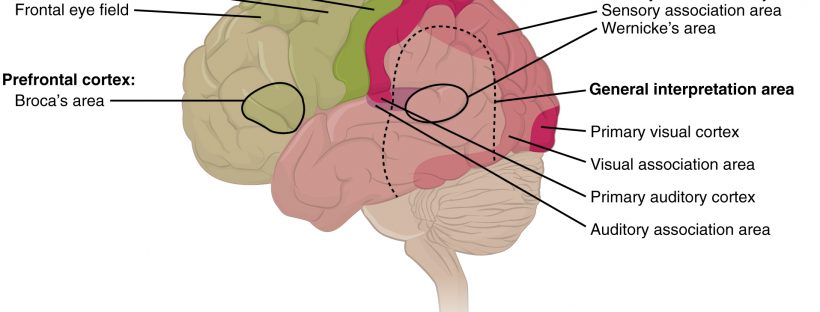
EXECUTIVE FUNCTIONING: THE WHY AND WHAT OF ITS IMPORTANCE
Executive functioning literally rules our days. It is the part of our brain that allows us to remember directions, know what needs to be done before we can leave, and helps us stay safe by evaluating potential dangers. Many children can have a delay in developing this region of their brains. Even many adult can be effected by not being as skilled in executive functioning. As with most delays and shortcomings, it is best to become aware of the issue. Evaluate where or what parts of Executive Functioning are particularly difficult, and then come up with the game plan on how to be successful. Here is online test for adults I found, but you can imagine from it some of the same child sized questions.
EXECUTIVE FUNCTIONING IMPACTS:
Time Management: Constantly running late and losing track of time both fall under this category
Regulation of Attention: Easily distracted or getting too involved in one thing and not being able to move on
Impulse Control: Evaluating whether the environment or certain actions in the environment are safe
Organization: keeping things where they belong, throwing out other things, and being ale to re-find certain items all take energy from the brain
Working Memory: Also known as short-term memory that allows us to recall important information
Emotional Control: Even being able to keep feelings in check falls into executive functioning
Flexible thinking: Being able to roll with the changes that life throws at them
Task initiation: Being able to redirect the brain into a new task
Self-monitoring: knowing how to regulate behavior in order to accommodate their current social situation
THINGS THAT CAN HELP:
Sticky notes, a calendar, or whatever is going to help them remember each of their tasks…but don’t overfill it with information, keep it simple and to the point
Create environments where they can be successful. Do they need a quiet chair? A wiggly seat? It is best also to keep it consistent. Patterns will help give their brains clues about what needs to be occurring.
If the child is impulsively speaking out of turn, have them write notes instead to share later. Redirect their needs to be satisfied more appropriately.
Create an organization system. Yes this probably mean the parent is doing a lot of the work at first, but skill building can start small and then get bigger. Remember big tasks take a lot of practice.
Patience is probably key when it comes to their memories. You will undoubtedly feel like you’ve said the same thing many times. Taking notes and putting visual enforcers for them can help.
A dramatic kid can also take patience, but teaching them how to check-in with their own emotions can help them in the long term. Things like ‘mindful’ practices may also really help to strengthen their emotional balance.
Flexible thinking can be hard for all of us, but life gives us lots of opportunity to practice this skill. Let them learn it, but try to set them up for success. A good nights sleep and a full belly can go a long way.
Give them a specific starting point for their new task. Help ease them into it. They may need stepping stones because they can’t break down the task into it’s smaller steps on their own. For example, homework requires you grab a pencil, get the homework, find a seat, read directions, and then begin. Breaking the 1 step direction of ‘get homework’ into those 5 steps may really help the child out.
Help your child become self-aware by talking to them about their actions in a neutral way. This can be done while they are in the process of doing it, at the end of the day, or probably best yet before different activities require something special of them.
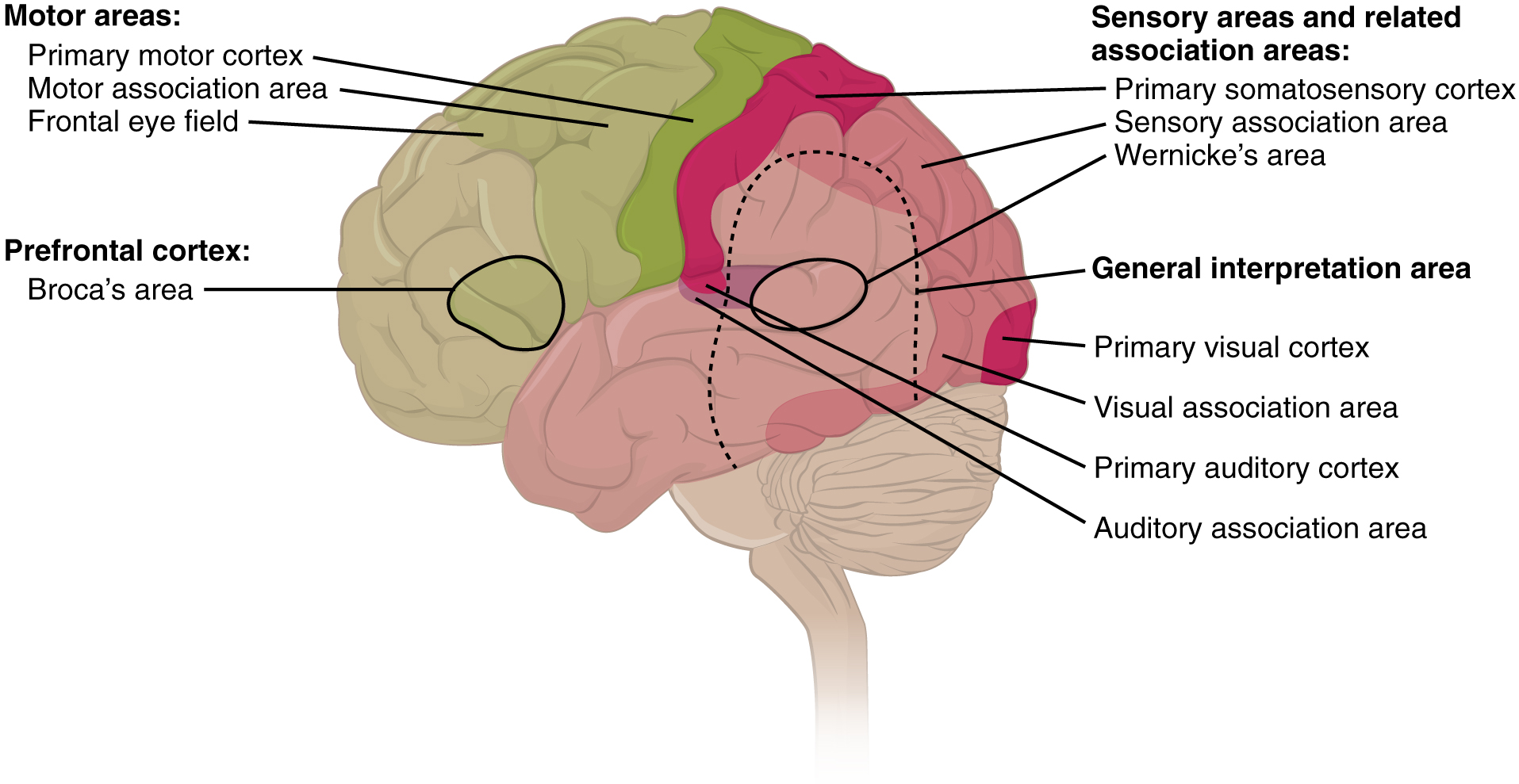
By OpenStax College – Anatomy & Physiology, Connexions Web site. http://cnx.org/content/col11496/1.6/, Jun 19, 2013., CC BY 3.0, https://commons.wikimedia.org/w/index.php?curid=30148119
ARTICLES RELATED TO ‘EXECUTIVE FUNCTIONING: THE WHY AND WHAT OF ITS IMPORTANCE’
Stress and Children: The Lifelong Relationship
Happy World Autism Awareness Day

DISCIPLINING A CHILD: TEACHING POSITIVE BEHAVIORS
Disciplining a child can seem like a tricky battle, especially sense no two kids are the same, but let’s look at some things that do not change with children.
Discipline comes from Latin meaning teach. With this in mind, approach discipline as a tool toward teaching a new preferred behavior.
Behavior, even in the current state that is perhaps not preferred, is normally there to fill some basic need. Take a step back and think about what need the child is filling. Are they board? Is this helping them get attention? Is this giving them some sort of power or control? Really think about how it is meeting their basic need because if it is something like getting attention, it will be hard, but if the behavior no longer met that need, perhaps they would no longer do it (consistency is key with this). If it is another need that is being filling, what are some alternative preferred behaviors the child could use instead.
When disciplining a child, threats, anger and other emotional evoking strategies aren’t ideal because they appeal to the limbic system in the brain. It is better to keep it rational and clean cut with the child. If the child is using their cerebral cortex, they are connecting thought with action, a life-long skill. Some great strategies within this are:
Start with clear, simple choices all of which are acceptable to you
Have child verbally reiterate their choice back to you as a verbal contract
Honest communication
Cooperation through compliance
‘Teachable Moments’ with reflection of poor choices
Seeing everyone as equally valuable
Clear expectations with consistent follow through
Don’t: compare kids or give conditional appraisal
Set a good example
If the child has multiple behavior problems, start small…changing 1-2 behaviors at a time
ARTICLES RELATED TO ‘DISCIPLINING A CHILD: TEACHING POSITIVE BEHAVIORS’
Dance Therapy: Helping Individuals Connect
Book Facts: Reading is a Gateway to so Much More
Behavior and Cognitive Interventions: Finding the Best Solution
Aspects of Behavioral Disorders

BABY MASSAGE: IMPROVING LIFE WITH TOUCH
Baby massage can be an easy way to help your child. Here are some ways it helps, and some ideas for getting started. It can be help:
If the child has hyper-tonic, high tone, muscles, massage can help in relaxing them.
Baby massage can also help hypo-tonic, or low tone, muscles to stimulate the muscles and help them develop
It helps both children with hyper and hypo sensitivity to regulate their bodies to touch. Helping a child learn to familiarize touch can help with life long necessary skills. Getting a child’s body in-line can also help to regulate other senses.
Massage can also help fussy babies relieve tension and stress. Children who are extra susceptible to this need are drug withdrawal babies, sensitive babies, and babies that have unusual pain.
Massage can help all babies sleep longer and deeper if done as part of a nightly routine.
Baby massage can help increase social skills and increase bonding
Help with digestion- keeping babies more regular and ease gas issues
Help babies increase alert state for more personal interactions
Help with feeding issues by assisting oral-motor development
It may even help some children with weight gain- Perhaps through alertness, feeding issues, and digestive help
Baby massage can help improve body awareness, which will help gross motor, fine motor, and self-help skills
Easy ways to start:
Keep it simple
Make it a routine
Place baby or toddler on towel
Use lotion
Talk with baby
Here’s a simple video to help get you started. There are other ideas that started at legs is easier as they are less sensitive. If you need more guidance many massage therapist and even some chiropractors are happy to help get you started.
ARTICLES RELATED TO ‘BABY MASSAGE: IMPROVING LIFE WITH TOUCH’
Smarter Baby: How to Help Your Child’s Brain Grow





























